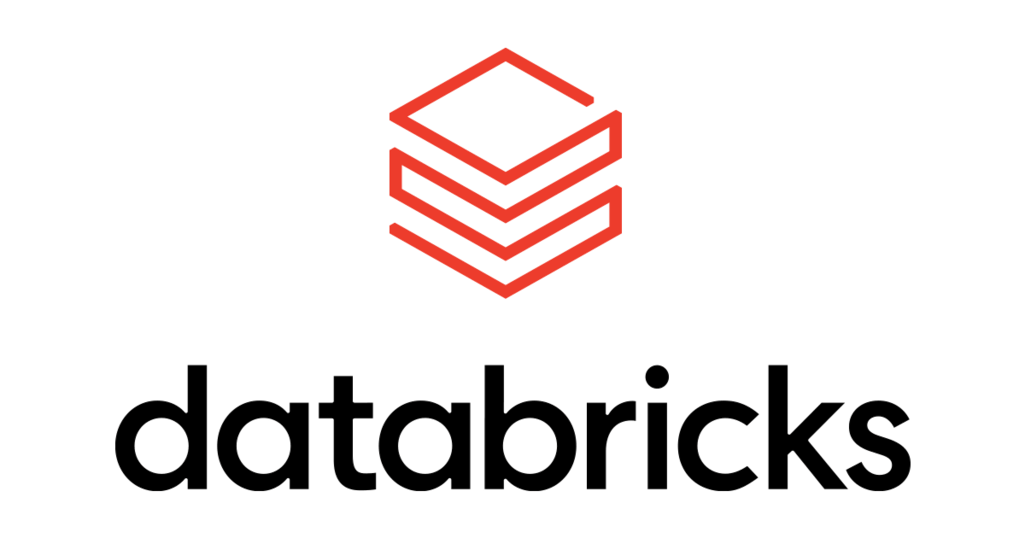Data stewardship plays a crucial role in any successful data governance program.
As organizations increasingly rely on data to drive decision-making, optimize processes, and gain a competitive edge, the need for effective data stewardship has never been greater.
Effective data stewardship is an essential component of a robust data governance program. By implementing best practices such as those below, and empowering data stewards with the necessary tools, resources, and support, organizations can improve data quality, enhance decision-making, and drive business value.
What is Data Stewardship?
Data stewardship is the process of managing, maintaining, and enhancing the quality, security, and privacy of an organization’s data assets.
Data stewards are responsible for ensuring that data is collected, stored, and used in a manner that complies with internal policies, external regulations, and industry standards.
Their role encompasses data quality, metadata management, data lineage, and data privacy, among other aspects of data management.
The Importance of Data Stewardship
Enhances Data Quality: Data stewards work to improve data quality by identifying, correcting, and preventing data inconsistencies, inaccuracies, and duplications.
Supports Compliance: Data stewards help ensure compliance with data protection regulations such as GDPR, CCPA, and HIPAA by implementing and monitoring data privacy and security measures.
Facilitates Data Sharing: Effective data stewardship promotes data sharing across departments and teams by establishing standardized data definitions, formats, and classifications.
Improves Decision-Making: High-quality data enables organizations to make informed decisions and drive strategic initiatives.
Data Stewardship Best Practices
Define Data Steward Roles and Responsibilities: Clearly outline the roles and responsibilities of data stewards within your organization, taking into account the specific needs and requirements of different departments or business units.
Establish Data Quality Metrics: Identify key data quality metrics, such as accuracy, completeness, consistency, and timeliness, to help data stewards assess and improve data quality across the organization.
Develop Data Standards and Guidelines: Create data standards and guidelines that are aligned with your organization’s data governance policies. These standards should cover data definitions, formats, and classifications, as well as data entry, validation, and storage practices.
Implement Data Quality Tools: Leverage data quality tools and software to help data stewards automate data validation, cleansing, and monitoring processes. These tools can help identify, correct, and prevent data quality issues more efficiently.
Foster Collaboration and Communication: Encourage collaboration and communication between data stewards and other stakeholders, such as data analysts, IT teams, and business users. Regular meetings and knowledge-sharing sessions can help identify and address data quality issues more effectively.
Provide Training and Support: Offer regular training and support to data stewards to ensure they are up-to-date on the latest data management best practices, tools, and technologies.
Monitor and Measure Success: Continuously monitor and measure the success of data stewardship efforts using key performance indicators (KPIs) and data quality metrics. Regularly review and adjust data stewardship strategies based on these insights.
Learn More
Contact us to learn more.








